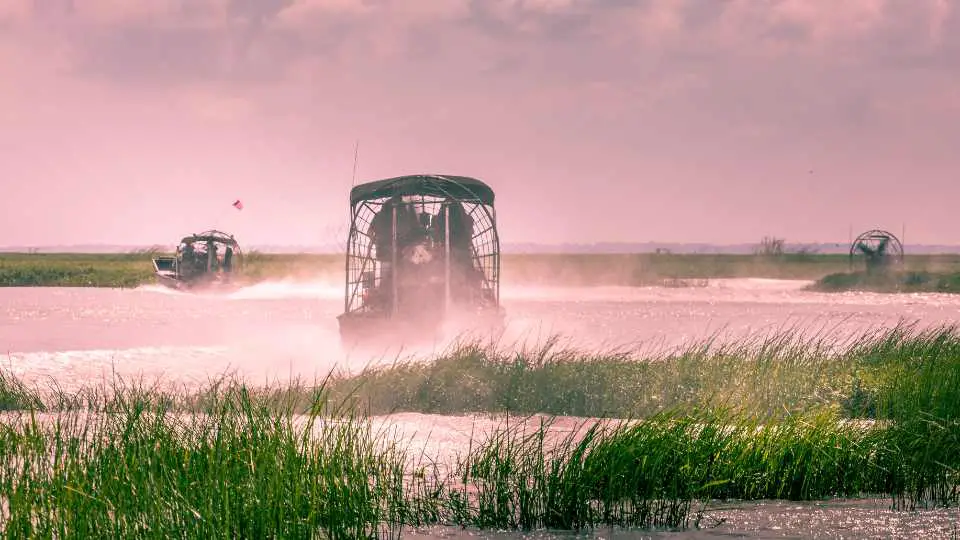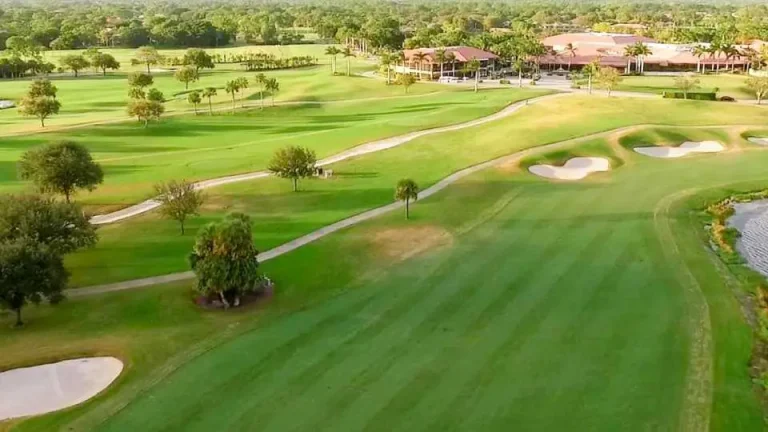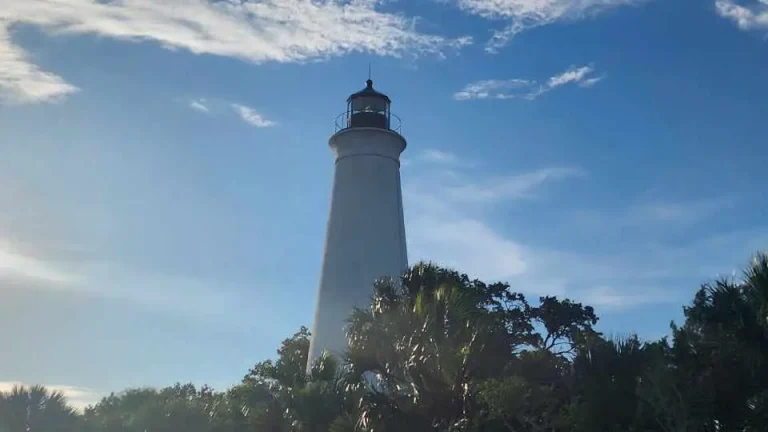Everglades National Park – The Ultimate Nature Experience
At more than 1.5 million acres in size, Everglades National Park is the largest subtropical wilderness in the United States. Located at the southernmost tip of the Florida mainland, the park encompasses parts of Miami-Dade, Monroe and Collier counties.
It is the largest wilderness of any kind east of the Mississippi River and the third-largest national park in the United States. The park is home to numerous rare and endangered species, including the manatee, American crocodile, and Florida panther.
Visitors can explore the park’s many habitats, including sawgrass prairies, mangrove swamps, and cypress forests. The park is also home to a range of recreational activities, including hiking, camping, and wildlife viewing. Visitors can take guided tours, go on boat rides, or explore the park on their own.
Everglades National Park is a must-see destination for nature lovers and outdoor enthusiasts. Its unique ecosystem and diverse wildlife make it a one-of-a-kind destination that offers something for everyone. Whether you’re interested in hiking, camping or wildlife viewing, the park has something to offer for everyone.
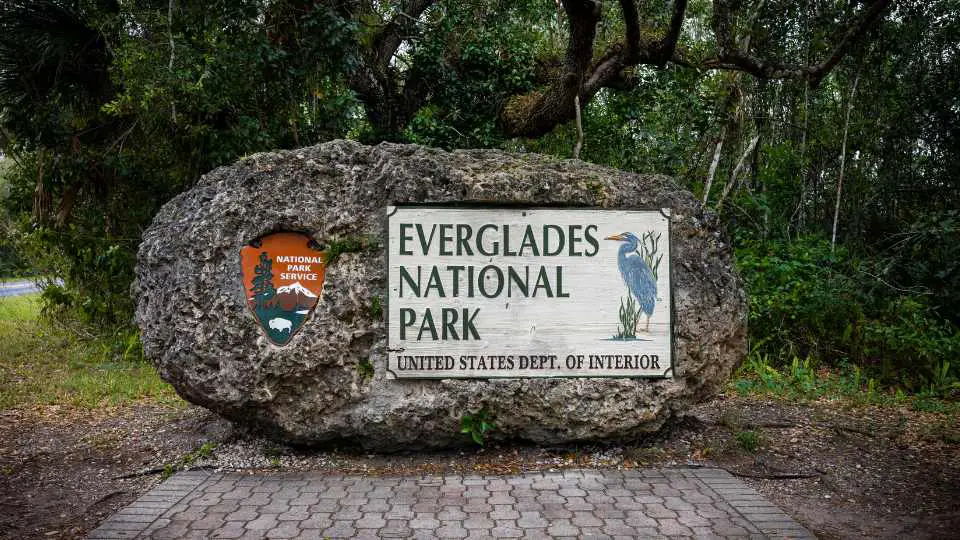
Frequently Asked Questions – Everglades National Park
What are the hours of Everglades National Park?
The main entrance to Everglades National Park is open 24 hours a day, seven days a week. Park staff is typically available at the visitors center during normal business hours.
Where is the entrance to Everglades National Park?
The physical address of the park is 40001 State Road 9336 in Homestead, Florida but there are three separate entrances. These entrances are in Miami, Everglades City and Flamingo. Learn more about each of these entrances below.
Can I camp in Everglades National Park?
Everglades National Park is available for overnight camping and has two campground facilities (the Lone Pine Key campground and the Flamingo campground). There is also plenty of space at back country sites for wilderness camping.
Permits are required for all wilderness camping and costs $21 plus $2 per person per night.
What’s the cost to visit Everglades National Park?
The entrance cost for a visit to Everglades National Park is $30.00 per vehicle which is good for seven consecutive days. An annual pass is offered for $55.00 and is good for unlimited visits to the park during a 12 month period.
Are their hotels or lodging facilities within Everglades National Park?
There are not hotels or lodging facilities within Everglades National Park but the park has two individual campground facilities.
Can you purchase food & beverages in Everglades National Park?
While it is recommended that visitors bring their own food & beverages, a food truck is located at guest services in Flamingo. There is also a small variety of snacks and beverages available for purchase at the Ernest F. Coe Visitor Center bookstore, the Royal Palm Visitor bookstore, the Flamingo marina store and the Gulf coast Visitor Center store.
Are there guided tours of Everglades National Park?
There is a two-hour guided tram tour offered by Shark Valley Tram Tours into the 15-mile “River of Grass” trail.
Is Everglades National Park pet friendly?
Pets are allowed in the parking lots and frontcountry campgrounds of Everglades National Park but are not permitted on the trails, wilderness areas or backcountry sites.
Are there alligators in Everglades National Park?
Everglades National Park is home to thousands of Florida alligators and it is very likely you will see them during your visiting. The best places to see alligators are in Shark Valley, along the Nine Mile Pond and off the Anhinga Trail.
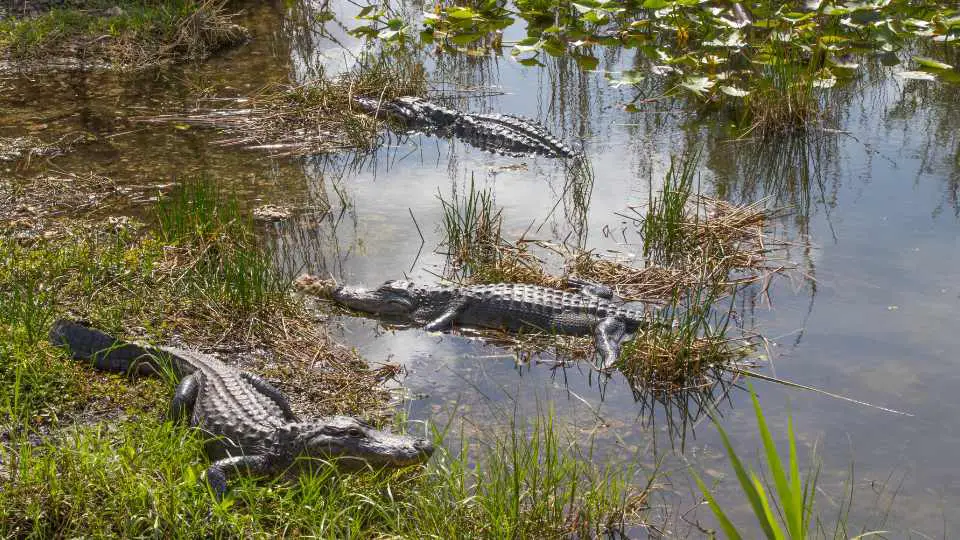
About Everglades National Park
Everglades National Park was established in 1947 with the aim of conserving the natural landscape and preventing further degradation of its land, plants, and animals. In 1934, the Everglades National Park Association was formed and it worked to secure funding and support for the establishment of the park. The association was successful, and on May 30, 1934, President Franklin D. Roosevelt signed the bill authorizing the creation of the Everglades National Park.
The park was officially dedicated on December 6, 1947, after years of planning and construction. Today, the Everglades is not only the first national park designated to protect an ecological system, but it has also been designated a UNESCO World Heritage Site, an International Biosphere Reserve, and a Wetland of International Importance.
The park’s location is unique due to its proximity to the Gulf of Mexico, the Florida Bay, and the Atlantic Ocean. It is also adjacent to the Big Cypress National Preserve, which is another protected area in Florida. The park is accessible by car, with several entrances located along the major highways that run through the region.
Everglades National Park is part of the larger Everglades ecosystem, which covers an area of over 4,000 square miles (10,000 square kilometers). The park is home to a diverse range of plant and animal species, including several endangered and threatened species, such as the Florida panther and the West Indian manatee.
The park’s size and location make it an important area for conservation and research. The park’s wetlands provide critical habitat for a variety of species, and the park is also an important source of freshwater for the surrounding region. The park’s location also makes it vulnerable to natural disasters which have the potential to impact the park’s ecosystems and infrastructure.
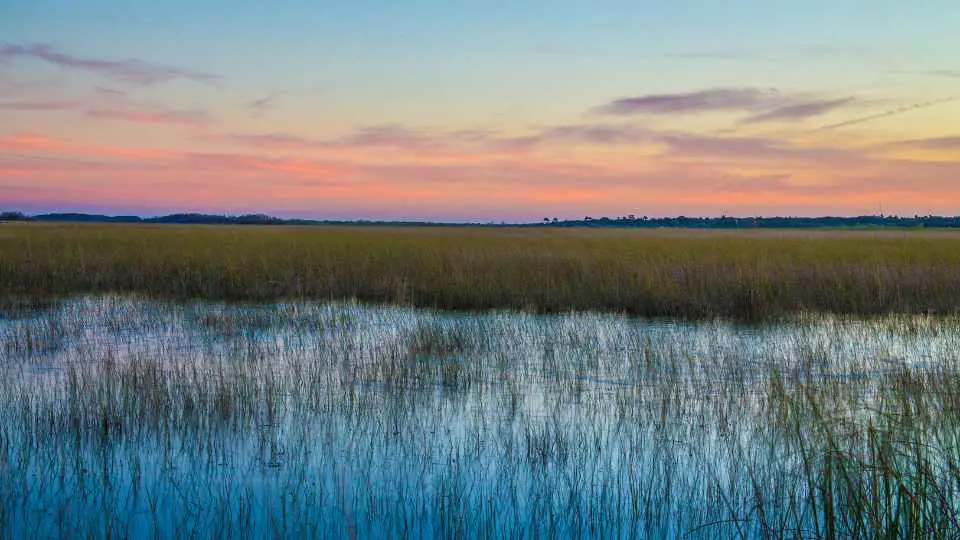
Visitor Experience
Everglades National Park offers visitors a unique opportunity to explore one of the most diverse ecosystems in the world. The park provides a wide range of recreational activities, educational programs, and camping options to make visitors’ experience unforgettable.
Recreational Activities
The park offers various recreational activities that cater to different interests and skill levels. Visitors can enjoy hiking, biking, paddling, fishing and wildlife viewing. The park has several trails that range from easy to difficult, providing visitors with an opportunity to explore the park’s different habitats.
For those interested in water-based activities, the park offers several options, including kayaking, canoeing and boat tours. Visitors can explore the park’s vast waterways and observe the diverse wildlife that calls the Everglades home.
Educational Programs
Everglades National Park offers a range of educational programs that provide visitors with an opportunity to learn about the park’s history, ecology and conservation efforts. The park has several visitor centers that offer exhibits, films and ranger-led programs.
The park’s educational programs cater to visitors of all ages, including school groups and families. Visitors can participate in guided walks, talks, and hands-on activities that provide a deeper understanding of the park’s unique ecosystem.
Camping and Accommodations
Everglades National Park offers several camping options that cater to visitors’ different needs and preferences. The park has two campgrounds that offer tent and RV camping. Visitors can choose from front-country or backcountry camping options.
For those who prefer more comfortable accommodations, the park offers several lodging options, including cabins and lodges. Visitors can choose from several options that range from rustic to modern.
In conclusion, Everglades National Park offers visitors a unique experience that caters to different interests and preferences. Visitors can explore the park’s diverse ecosystem, participate in educational programs, and enjoy a range of recreational activities. The park’s camping and lodging options provide visitors with an opportunity to experience the park’s beauty and tranquility.
Wildlife
Everglades National Park is home to a diverse range of wildlife, making it a popular destination for nature enthusiasts and wildlife photographers. The park is home to over 350 species of birds, 300 species of fish as well as numerous species of mammals, reptiles and amphibians.
One of the most iconic animals found in the Everglades is the American alligator. These large reptiles can be seen throughout the park, basking in the sun or swimming in the water. Visitors are advised to keep a safe distance from these animals, as they can be dangerous if provoked.
Birdwatchers will be delighted to know that the park is a haven for migratory birds and endangered species. Some of the bird species found in the Everglades include white and glossy ibises, roseate spoonbills, egrets, herons and wood storks. The snail kite, wood stork and Cape Sable seaside sparrow are some of the threatened or endangered species that can be spotted in the park.
Apart from alligators and birds, the Everglades is also home to other fascinating animals such as the Florida panther, which is an endangered species. Visitors can also spot crocodiles, snakes, and a variety of mammals such as raccoons, opossums and river otters.
Overall, the Everglades National Park is a wildlife enthusiast’s paradise. Visitors can witness a diverse array of animals in their natural habitats while enjoying the park’s scenic beauty.
Ecosystems & Conservation
Everglades National Park is home to a unique ecosystem that is unlike any other in the world and substantial effort is taking place to conserve the environment.
Ecosystems
The Everglades ecosystem includes both tropical and temperate zones, with the merging of fresh and saltwater habitats that support a diverse range of plants and animals. The park’s marine and estuarine habitats contain the largest body of water within the park where seagrass and algae form the base of the food chain.
The park is home to a variety of unique plant communities that have adapted to the Everglades’ unique environment. The sawgrass prairie is one of the most iconic plant communities in the park, covering vast stretches of the landscape with its tall, sharp-edged grass. The park’s pine forests are also unique, with a mix of slash pine, longleaf pine, and other species that have adapted to the region’s frequent fires.
The mangrove swamps are another unique feature of the park’s ecosystem. These salt-tolerant trees grow in the shallow waters along the park’s coastline and provide important habitat for a variety of species, including manatees, crocodiles, and many species of birds.
Conservation Efforts
The park has implemented a number of conservation efforts to protect the Everglades. One of the earliest efforts was initiated by landscape architect Ernest Coe in 1928, who worked to designate the park as a “Tropical Everglades National Park.”
Since then, the park has continued to prioritize conservation efforts. For example, the park has implemented a comprehensive water management plan to restore natural water flow and reduce the harmful effects of human activity on the ecosystem. Additionally, the park has worked to reintroduce native species such as the Florida panther and American crocodile.
The park has also established partnerships with other organizations, such as The Nature Conservancy and Friends of the Everglades, to further conservation efforts. These partnerships have helped to raise awareness about the importance of the Everglades ecosystem and to secure funding for conservation projects.
Overall, the unique ecosystems of Everglades National Park make it a truly special place to explore and appreciate the natural world. Visitors can witness firsthand the incredible diversity of life that has adapted to this dynamic and ever-changing landscape.
